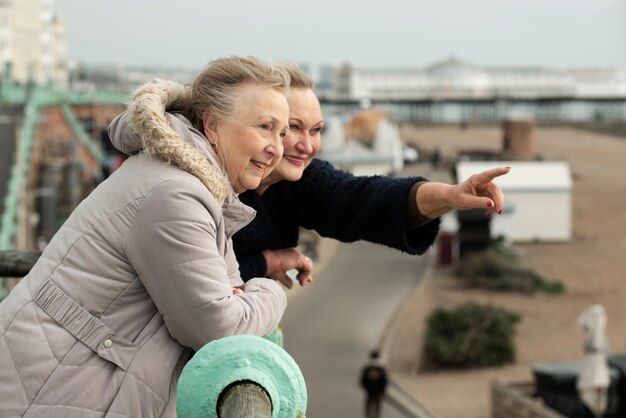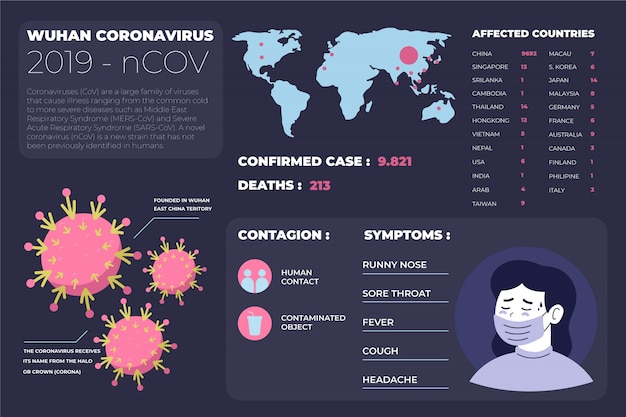For decades, researchers have studied Blue Zones—regions where people live significantly longer lives than the global average. Places like Okinawa in Japan, Sardinia in Italy, and Ikaria in Greece have become synonymous with exceptional longevity, thanks to diets rich in plant-based foods, strong social connections, and active lifestyles. But a new player has entered the conversation: Finland.
Recent studies point to a region in Swedish-speaking Ostrobothnia, along Finland’s western coast, as a potential new longevity hotspot. What makes this discovery remarkable is that the lifestyle and environment here differ markedly from traditional Blue Zones—suggesting that long life may not depend on a single formula, but on a broader set of adaptable conditions.
The term "Blue Zone" was coined by researchers to identify areas with unusually high concentrations of centenarians—people who live to 100 or beyond. These regions share common lifestyle traits, often summarized as the Power 9® principles: natural movement, purpose-driven living, stress reduction, plant-heavy diets, moderate caloric intake, moderate alcohol consumption (usually wine), strong social networks, engagement in faith-based communities, and family-first values.
In Okinawa, for example, elders maintain active gardening routines and close-knit social groups called "moais." In Sardinia, shepherds walk rugged terrain daily, and diets center on whole grains, beans, and goat’s milk. These patterns have long shaped our understanding of longevity.

Ostrobothnia, a coastal region in western Finland, is emerging as an unexpected contender in longevity research. Despite its cold climate and relatively isolated communities, life expectancy here rivals—and in some metrics exceeds—that of traditional Blue Zones. Notably, the population exhibits low rates of cardiovascular disease and dementia, even with dietary and lifestyle habits that diverge from the classic Blue Zone model.
Unlike the Mediterranean diet prominent in Italy and Greece, the Ostrobothnian diet includes more fatty fish, rye bread, butter, and dairy. Physical activity is often tied to seasonal work and winter sports rather than daily walking or farming. Yet, the region reports strong intergenerational bonds, low smoking rates, high trust in public institutions, and widespread access to nature—all factors increasingly linked to long-term health.
The significance of Ostrobothnia lies in its challenge to the idea that longevity requires a specific cultural or dietary blueprint. Instead, it suggests that underlying social and environmental conditions—such as equity, access to healthcare, community cohesion, and psychological safety—may be just as critical as diet and exercise.
For instance, Finland consistently ranks among the world’s most livable countries, with low income inequality, universal healthcare, and strong social support systems. These structural advantages may buffer against stress and chronic disease, even in colder, darker environments where outdoor activity is seasonally limited.

The Finnish findings invite a broader interpretation of what makes a Blue Zone. Rather than viewing these areas as isolated models to replicate, researchers are beginning to see them as diverse expressions of a shared principle: environments that naturally support healthy aging.
In this light, longevity isn’t just about eating more beans or walking 10,000 steps. It’s about living in a society that promotes well-being through clean air, safe neighborhoods, meaningful work, and social inclusion. Finland’s example shows that even in climates less conducive to year-round outdoor activity, these conditions can still foster exceptional lifespans.
As scientists continue to study Ostrobothnia, the insights could reshape public health strategies worldwide. Urban planners, policymakers, and community leaders may find that investing in social infrastructure—like accessible parks, senior centers, and mental health services—can yield longevity benefits comparable to dietary interventions.
Moreover, the Finnish case underscores that longevity is not reserved for warm, sunny islands. It can thrive in northern latitudes, provided the right social and environmental supports are in place. This democratizes the concept of the Blue Zone, making it more relevant to diverse populations.
The discovery of a potential new longevity hotspot in Finland doesn’t diminish the value of traditional Blue Zones. Instead, it expands our understanding of what it takes to live a long, healthy life. While diet and movement remain important, the Finnish example highlights the power of social stability, trust, and environmental design.
As research evolves, the next generation of Blue Zones may not be defined by geography alone—but by how well a community supports the well-being of its people, no matter the climate or culture.

Health

Health

Health

Health

Health

Health

Health

Health

Health

Health

Health

Health

Health

Fitness

Health

Health